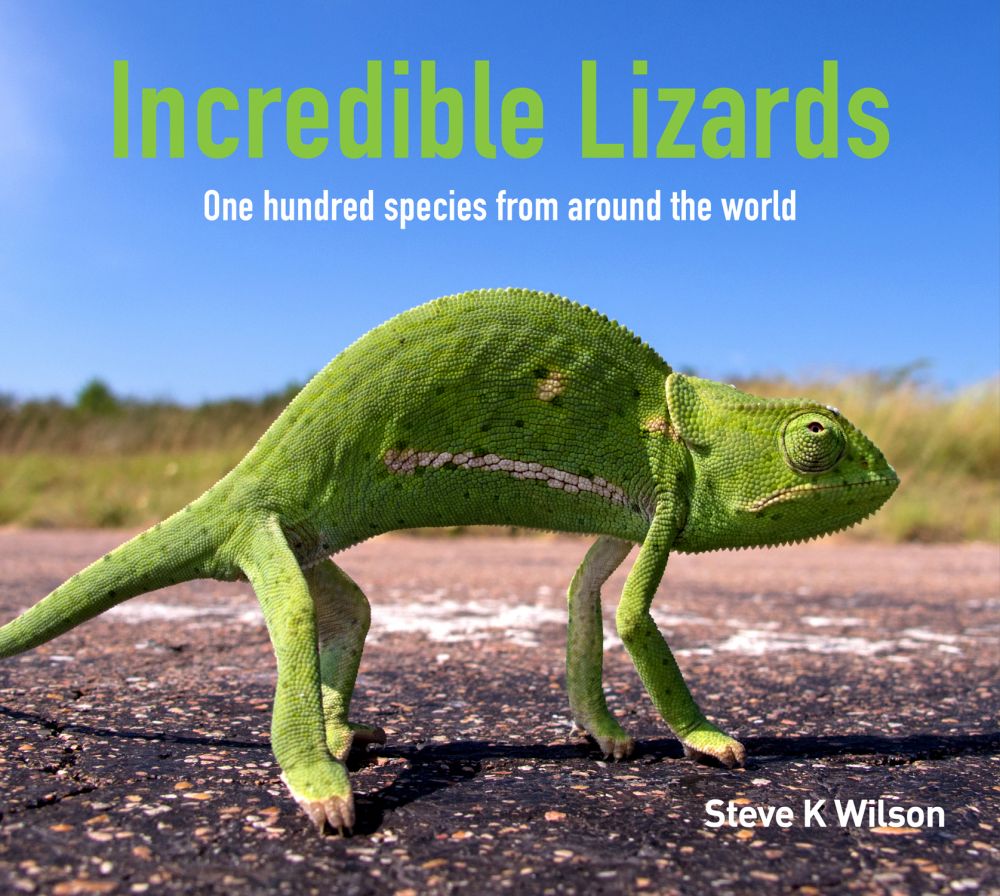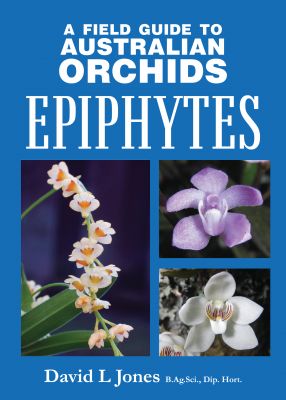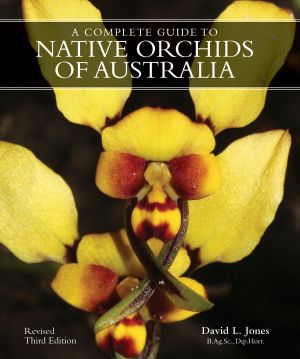Incredible Lizards
One hundred species from around the world
| By | Steve K. Wilson |
|---|---|
| Format | Hardback |
| Page Extent | 216 |
| Book Size | 215 x 240 |
| Imprint | Reed New Holland |
| Release Date | 6 July 2024 |
| Subject Classification | Biology, life sciences / Zoology & animal sciences / Zoology: Vertebrates / Reptiles |
This book is a celebration of lizard-hood. It salutes a diversity of form and function unparalleled among terrestrial vertebrates, from apex predators capable of swallowing goats to limbless subterranean insectivores.
In equal measure they thrive in a tropical paradise, a waterless terrain so bleak one wonders how anything survives, and the human domain, including domestic gardens and the ruins of past civilizations.
The book ventures into how lizards exploit those disparate places, and author and photographer Steve Wilson’s attempts to document them around the world.
This book is born from journeys of discovery by the author. Quests for lizards and other reptiles have taken him to some of the world’s extraordinary biodiversity hot-spots in Borneo, Madagascar, Costa Rica and the Galapagos Islands.
He has also crisscrossed his native Australia many times, searching for lizards in deserts, rainforests and even peoples’ back yards. From mighty Komodo Dragons in Indonesia to tiny anoles in the Americas, every lizard has a tale to tell, making this a must-read title for anyone who is passionate about reptiles or about wildlife in general.
Steve Wilson
Steve lifelong love affair with reptiles has taken him to some of Australia most remote places. For the past 30 years he has been working to compile a comprehensive photographic documentation of Australia reptiles. He has authored/co-authored more than 5 books, including A Field Guide to Reptiles, What Snake is That, and What Lizard is That and has written many magazine articles on reptiles. For the past 20 years Steve has worked at the Queensland Museum, educating the public, identifying their specimens and (hopefully) instilling a desire to conserve our unique biological heritage.









